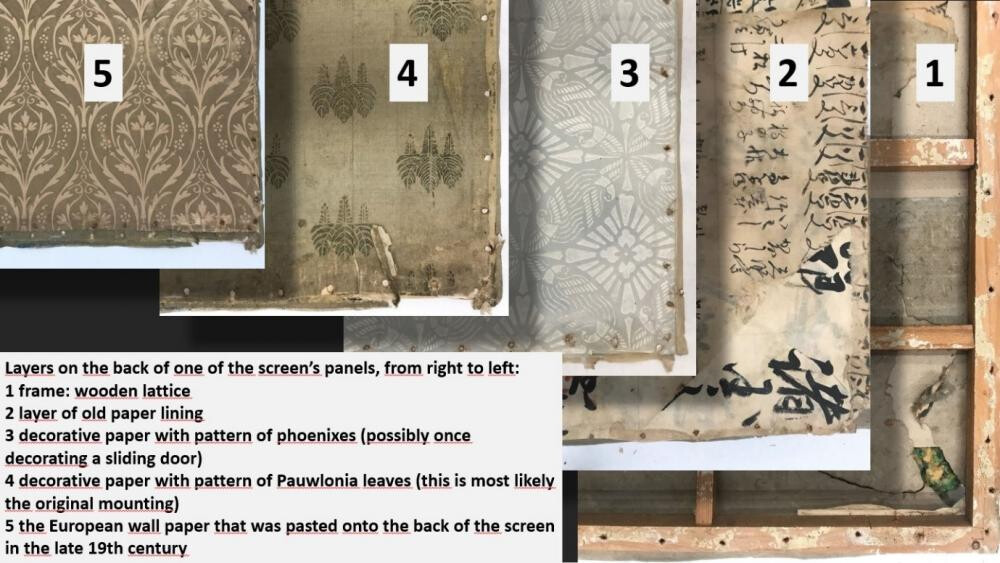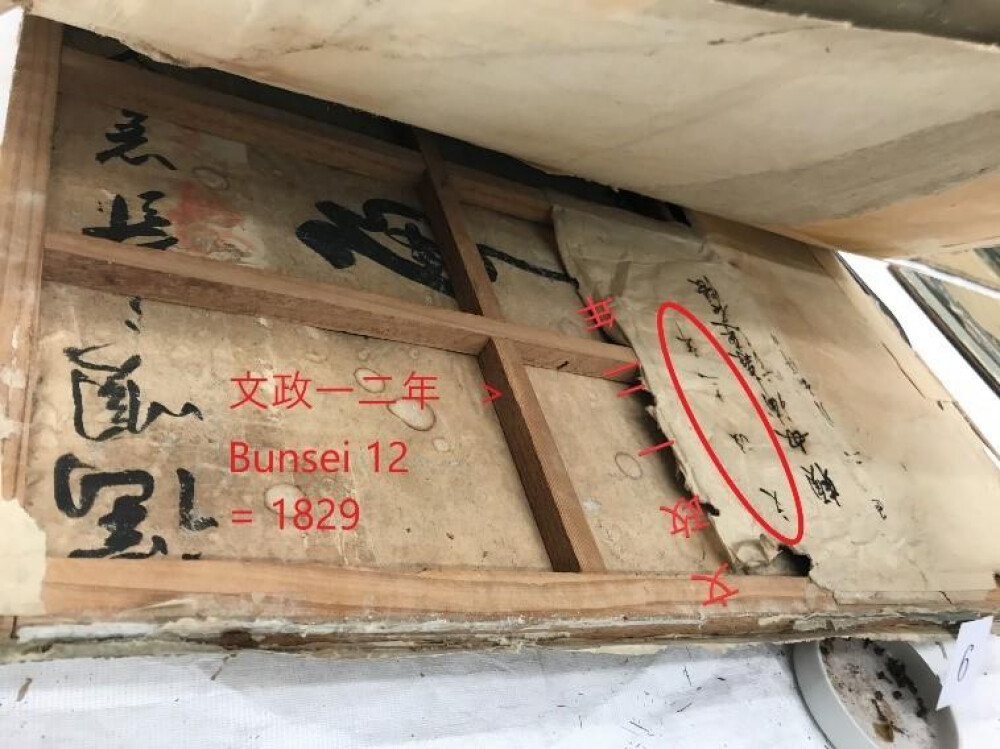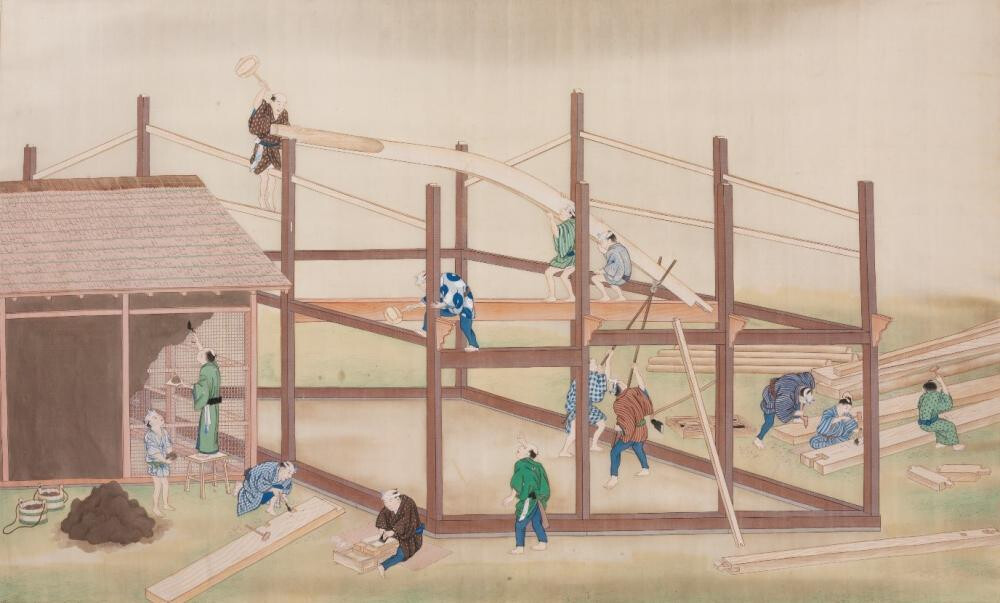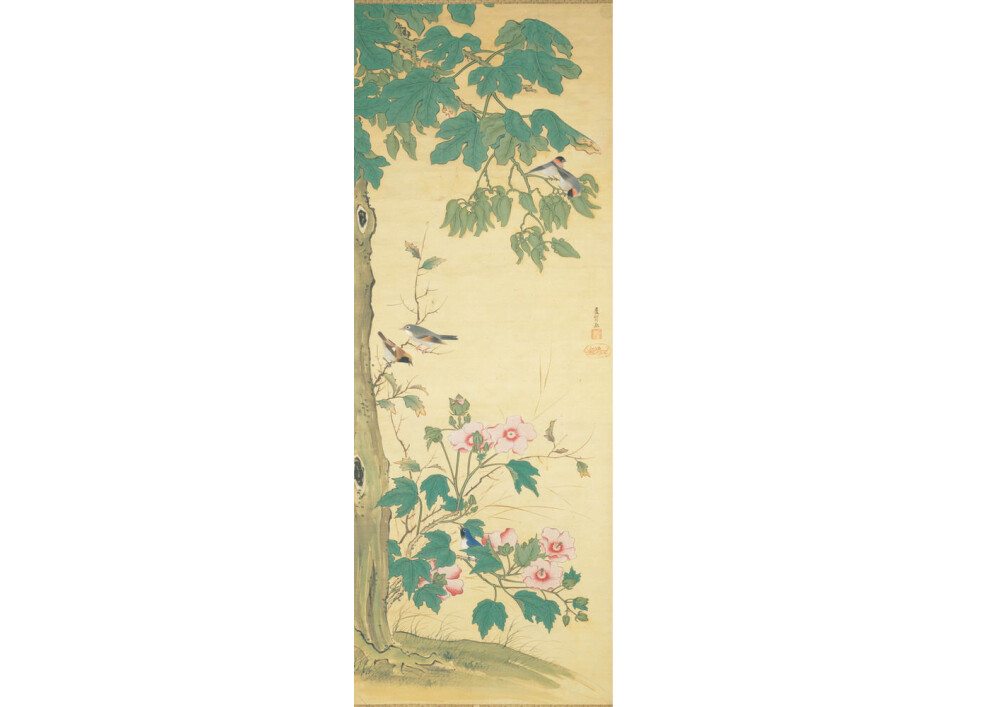Scroll down for English 日本語の説明はこちらです
Een topstuk voor Museum Volkenkunde
In 2018 heeft Museum Volkenkunde een kamerscherm gekocht van de Japanse schilder Kawahara Keiga. Het scherm is een sleutelstuk in onze collectie en met zijn acht panelen is het ook nog eens bijzonder van formaat. Helaas is het kunstwerk in heel slechte staat: er is waterschade en op sommige plekken zitten er zelfs gaten in het
Scroll down for English
日本語の説明はこちらです
Een topstuk voor Museum Volkenkunde
In 2018 heeft Museum Volkenkunde een kamerscherm gekocht van de Japanse schilder Kawahara Keiga. Het scherm is een sleutelstuk in onze collectie en met zijn acht panelen is het ook nog eens bijzonder van formaat. Helaas is het kunstwerk in heel slechte staat: er is waterschade en op sommige plekken zitten er zelfs gaten in het doek.
We willen het kamerscherm aan iedereen tonen maar nu is het gewoon te slecht om te kunnen presenteren. Om het werk te kunnen behouden voor de toekomst moeten we het absoluut restaureren.
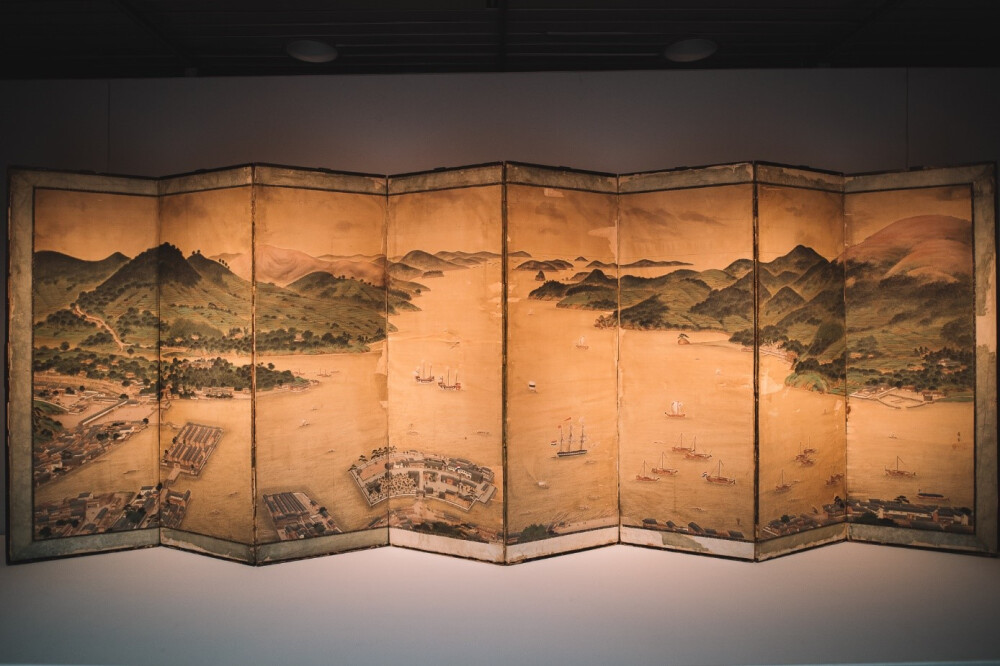
De Nederlanders in Japan
Museum Volkenkunde heeft een topwerk aangekocht: een kamerscherm van de Japanse schilder Kawahara Keiga getiteld 'Uitzicht op Deshima in de baai van Nagasaki'. Het is rond 1836 gemaakt. Omdat Keiga zo gedetailleerd schilderde wordt hij ook wel de fotograaf zonder camera genoemd. En in dit geval is dat extra bijzonder: hij schilderde namelijk op een kamerscherm met acht panelen het eilandje Deshima. Dit was eeuwenlang de enige buitenlandse handelspost in Japan. Naast de Hollanders hadden enkel de Chinezen toegang tot Japan. De grote historische betekenis van dit kunstwerk en de plaats die het werk inneemt in de collectie maken van het kamerscherm één van de meest waardevolle kunstwerken van Volkenkunde. Maar zoals het werk er nu uitziet, kunnen we het eigenlijk niet aan het publiek tonen.
Het werk is ruim 100 jaar in privébezit geweest en heeft niet het onderhoud gehad dat dit soort materialen nodig heeft. Het raamwerk waarop het werk is bevestigd, de verschillende lagen van papier en zijde: zij zijn allemaal toe aan onderhoud of moeten zelfs vervangen worden.
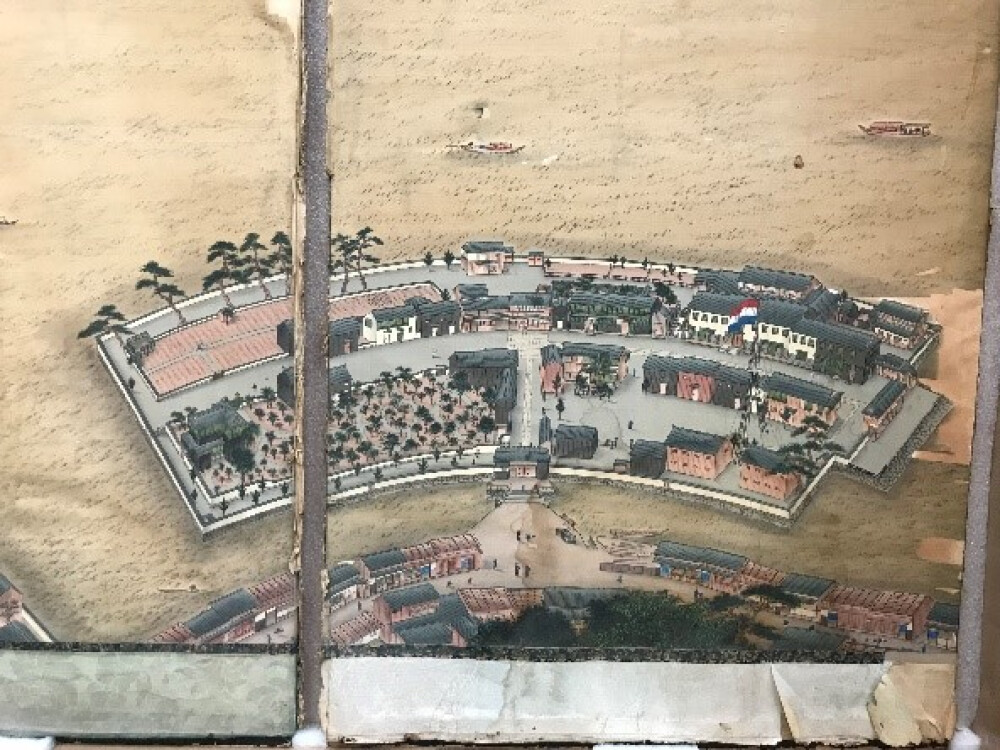
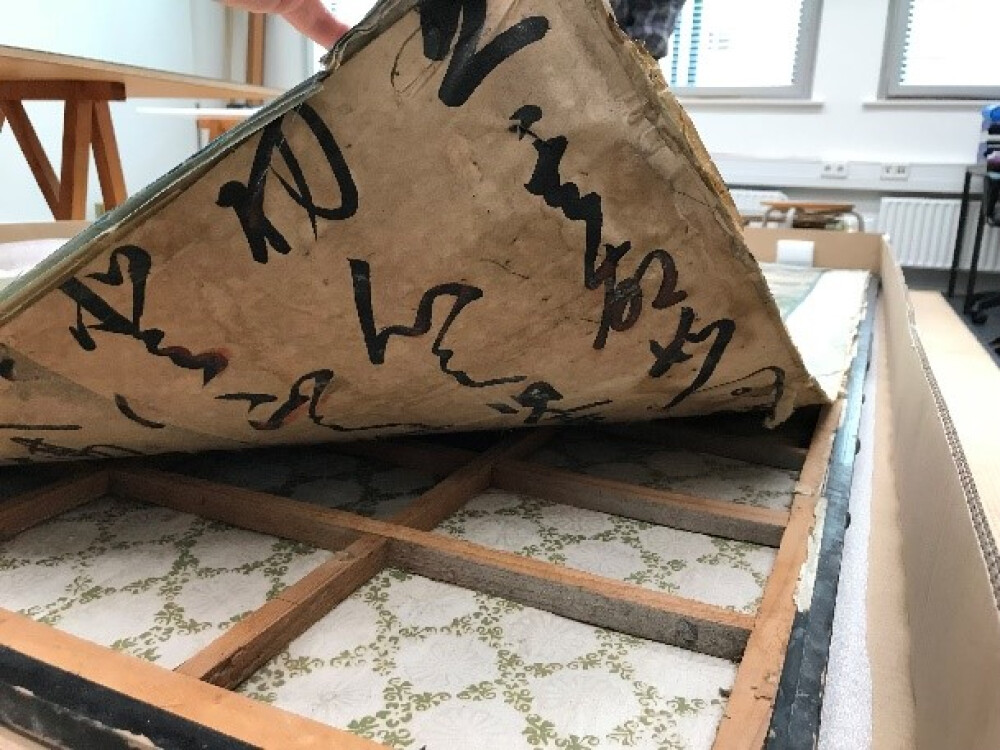
Wie doen er mee
Daan Kok is de conservator Japan (Oost-Azië) van het Nationaal Museum van Wereldculturen.
Restorient zal de restauratie van het kamerscherm uitvoeren. Zij zijn gespecialiseerd in het werk met traditionele Japanse materialen en technieken. Ze zijn hierin de beste partij denkbaar dankzij hun expertise en jarenlange ervaring met Japans zijde en kamerschermen.
De aankoop van het kunstwerk is ondersteund door Vereniging Rembrandt, het Mondriaan Fonds, het VSBfonds, de BankGiro Loterij en de Vrienden van Museum Volkenkunde. Het TEFAF Museum Restoration Fund heeft alvast een bijdrage gedaan voor de restauratie. Deze partijen onderstrepen hiermee het belang van dit kunstwerk. We zijn er heel blij mee dat dit project door zoveel organisaties wordt gedragen.
Meer informatie:
https://www.volkenkunde.nl/nl/neem-een-kijkje-achter-het-scherm-van-Keiga
--------------------------------------------------------------------------------------------------------
Help us to restore an endangeredMasterpiece: the folding screen by Kawahara Keiga
The restoration of this folding screen is an extremely important and painstaking project. Extensive preliminary research into the screen’s present condition has revealed that the damage is far worse than initially thought. A full and comprehensive restoration of the work is needed without delay.
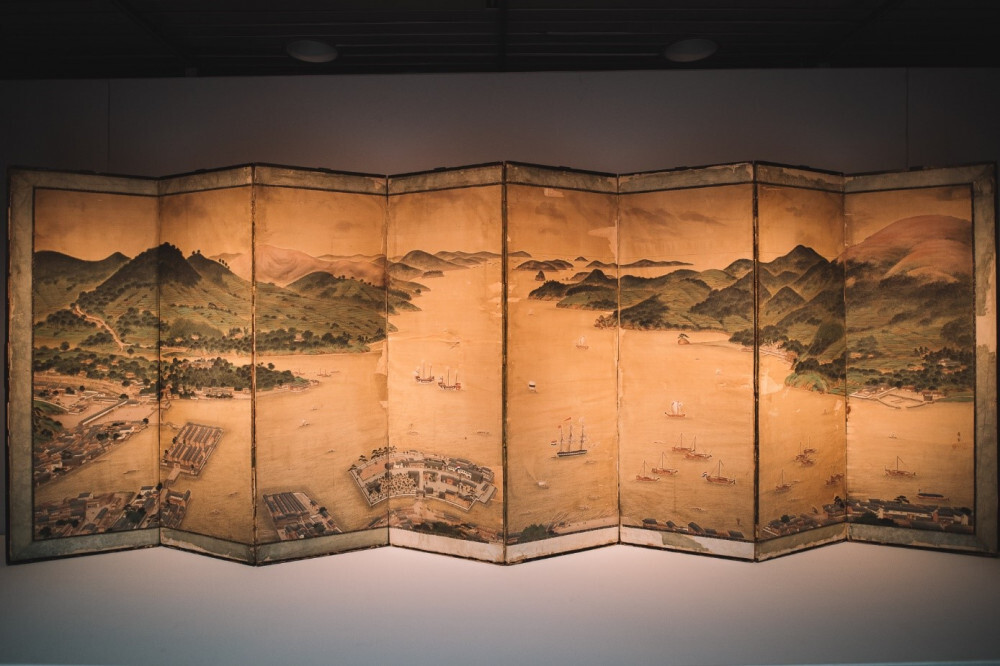
A prime work of art, but not in prime condition
Museum Volkenkunde has acquired a rare and valuable masterpiece: the only known folding screen to have been decorated by the Japanese painter Kawahara Keiga (1786-circa 1860). Because of the extreme levels of detail he incorporated in his painting, Keiga is often called ‘the photographer without a camera’. The screen’s size makes this work particularly unusual, for the depiction of Nagasaki Bay spans eight panels totalling more than four and a half metres in width. The little island of Deshima is depicted in the centre. For centuries Deshima served as a trading post for the Dutch in Japan. They were the only Europeans granted access to Japan. In addition, there was a Chinese trading post, depicted by Keiga on the left of the screen. This masterpiece effectively represents the biggest representation of the international relations Japan conducted via Nagasaki, one of the reasons why the screen has such historical significance.
The work is over 180 years old, and time has left its mark. Normally a Japanese folding screen such as this would have been completely taken apart after a century and subsequently remounted. But with this screen that hasn’t been done. Now each of its constituent parts -- the wooden framework and the eight panels; the various intermediate layers of paper and the silk painting –requires restoration using rare Japanese materials and special techniques. Join our crowdfunding initiative and support the project!
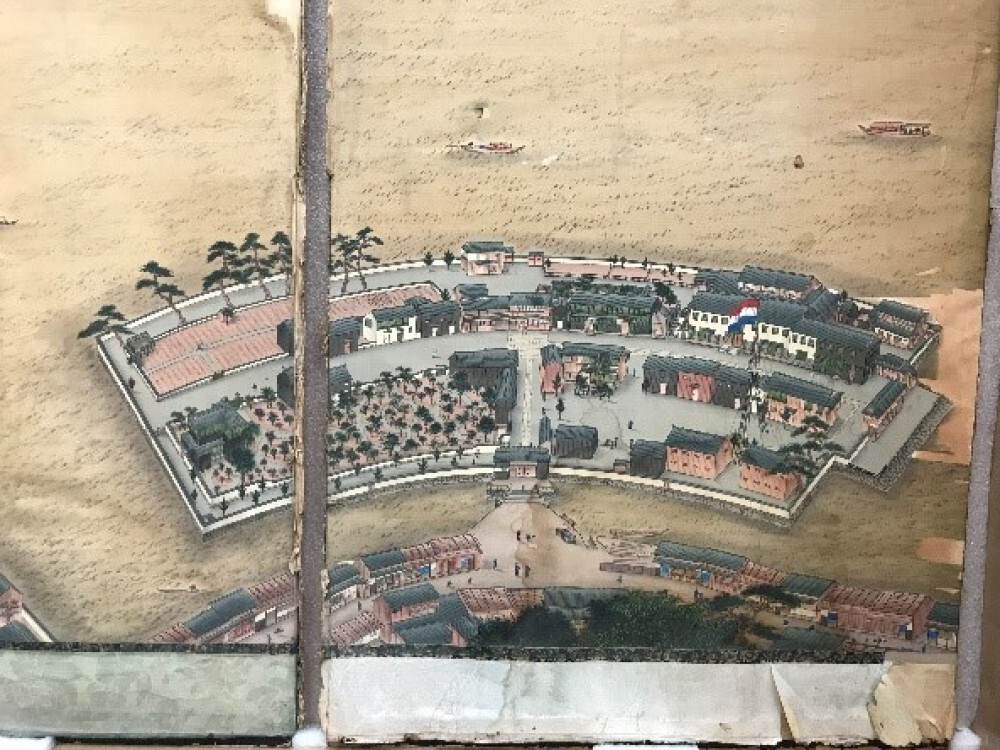
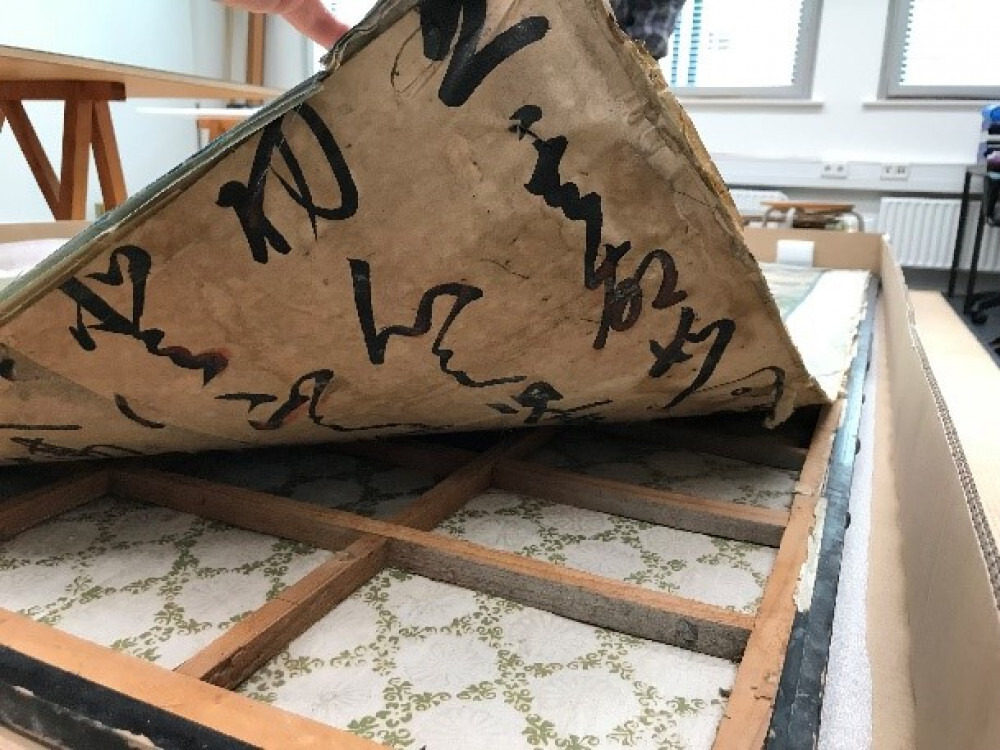
Parties involved in the project
Restorient will undertake restoration ofthe folding screen. Experts allied to this restoration studio in Leiden arespecialised in traditional Japanese materials and techniques. As such they arethe best conceivable party to undertake the work, thanks to their years ofexperience in working with folding screens and more specifically with paintingson silk.
The Keiga folding screen was acquired with financial support from the Vereniging Rembrandt, the Mondriaan Fund, VSB Fund, BankGiro Lottery and Friends of the Volkenkunde Museum. Restoration of thescreen is also being aided by the TEFAF Museum Restoration Fund. The participation of all these parties serves to underline the historic importance of this work of art. Read all about the folding screen and the restoration process in this blog
Nieuwste donaties
Anna
25-09-2019 19:36Dit is wat een museum ook moet doen, met passie een zeer bijzonder object laten restaureren zodat het behouden blijft voor iedereen. Top!
Martine&Peter
25-09-2019 18:09Dejima is speciaal voor ons.
Petra Spigt
25-09-2019 15:08Ik hou van Japanse kunst. Het inspireert mij vaak in mijn werk, als edelsmid. Kleur, materiaal, patronen, balans in vormen. Prachtig.






